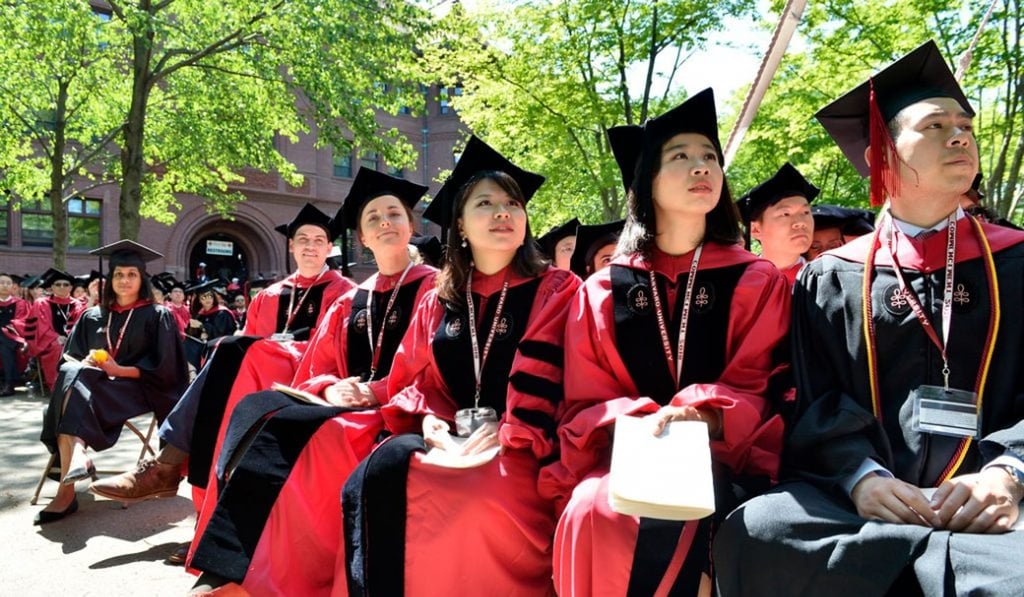Universities with thousands of Chinese students brace for pain from coronavirus travel bans
- Some 100,000 students enrolled at Australian universities – and about 6,500 in New Zealand’s – remain stranded in China even though term is about to start
- Mitigation plans are in place, but industry insiders are concerned about the long-term impact on institutions’ reputations, and their bottom line

The University of New South Wales in Sydney announced on Tuesday that up to 10,000 students set to miss the start of term in late February would be able to begin their studies in June instead. The university – whose academic year is split into three terms including one without taught classes, meaning late arrivers will still be able to graduate normally – said it had decided against offering online courses out of concern it would compromise the quality of tuition.
Monash University, Australia’s largest, has delayed the start of the academic year for all students by a fortnight to March 16, while the University of Melbourne is offering catch-up classes for late arrivals and online tuition.

Other universities, such as Griffith University in Brisbane, are offering options such as deferral and leaves of absence.
Australia’s travel ban, which applies to all non-citizens who have travelled in China except for permanent residents and their immediate family members, was introduced on February 1 for an initial 14 days before being extended on a “week-to-week” basis on Thursday. The country has so far confirmed 15 cases of the virus, which has claimed more than 1,300 lives and infected over 60,000 people, most of them in mainland China.